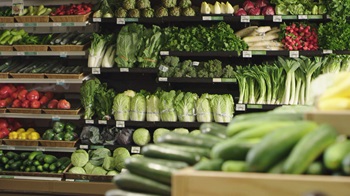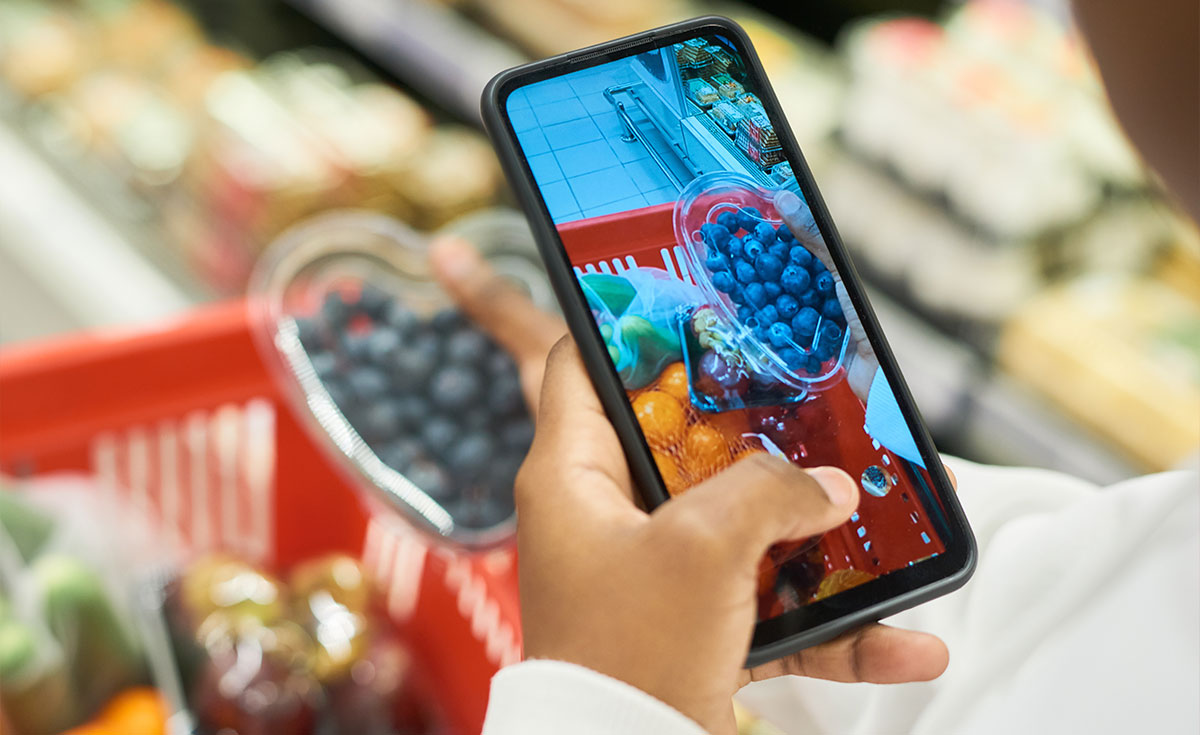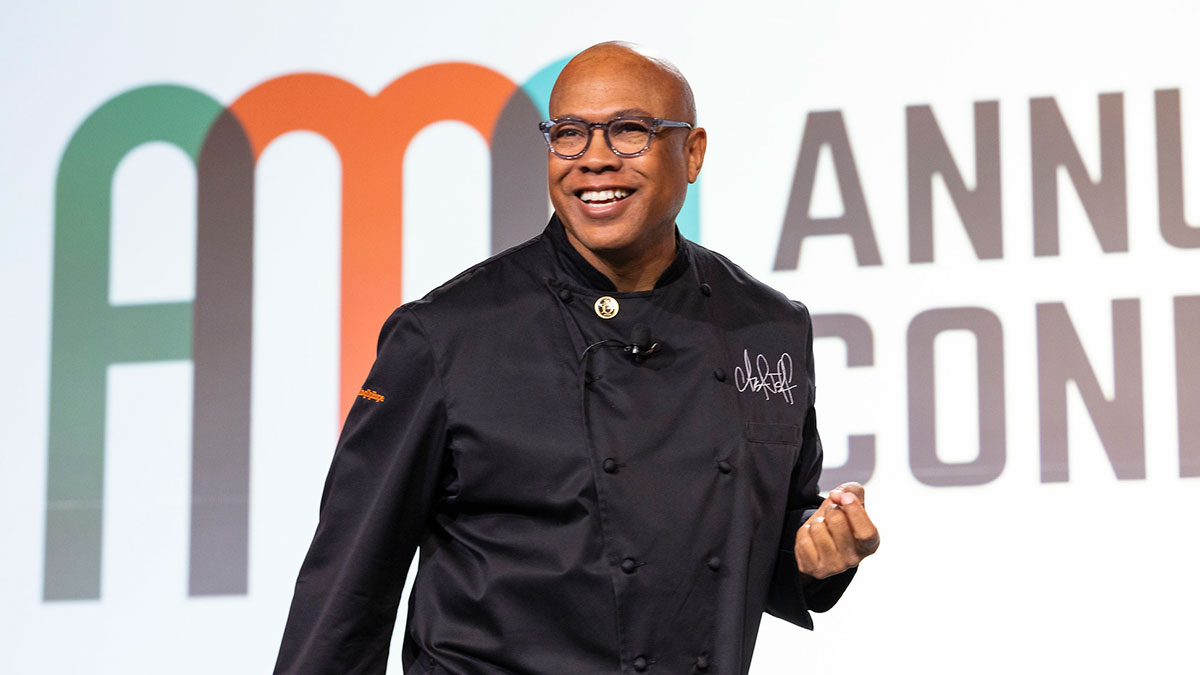By Rick Stein, Vice President of Fresh, FMI

It's hard to move ahead without considering where you've been.
The fresh foods industry has overcome so many hurdles during the pandemic, and it's important to consider lessons learned as we start the new year.
Key lessons were highlighted over the past year in FMI's FreshForward Conversations video series, which has covered many angles related to the pandemic's impact. This is a good time to revisit those conversations to identify the best strategies to drive fresh in 2022. Here are five such strategies.
1. Boost In-Store Experience
Retailers need to focus on energizing the in-store fresh experience. An FMI-Deloitte fresh industry survey published late last year — and previewed in a FreshForward Conversation featuring Barb Renner, Deloitte’s vice chair and U.S. consumer products leader — identifies essential strategies for the industry. One of these is boosting in-store fresh experience. The research found that top-ranking measures for improving experience include enhancing the responsiveness of store associates, remodeling the physical space and creating robust in-store themes. Its not enough to have high quality fresh products. Providing an experiential shopping trip is imperative in Fresh Departments.
2. Leverage Ecommerce Tools
Food retailers have the opportunity to enhance the performance of fresh foods in ecommerce through targeted online strategies. This point was underscored by Katie Ceclan, Albertsons’ vice president of own brands product management and marketing, during a FreshForward Conversation in September. Katie emphasized the importance of focusing on ratings and reviews, product images and subscriptions in ordering. She also pointed to the need to personalize shopper journeys, advance omnichannel efforts and prioritize collaboration with suppliers.
3. Embrace New Consumer Behaviors
Consumers have shifted to eating more meals at home during the pandemic, a behavior that will endure. This new reality represents an opportunity for fresh foods at retail, noted John Ruane, chief merchandising officer and SVP, The Giant Co., during an August FreshForward Conversation. He said customers have become more savvy about developing and leveraging recipes and educating themselves about food trends, and Giant is pursuing strategies to support these shopper needs. New stores like the Giant’s Philadelphia Riverwalk store were cited as examples of meeting consumer needs.
4. Target Global Cuisines
People have faced global travel restrictions during much of the pandemic, but they still crave international cuisines. Retailers have the opportunity to raise the profiles of their prepared meals programs — especially for dinner — by offering global cuisines ranging from Italian to Asian to Indian, said Susan Schwallie, president, Food & Beverage at The NPD Group, during a January 2021 FreshForward Conversation.
5. Manage Food Waste
A growing consumer interest in minimizing food waste represents an emerging opportunity for fresh food retailers. That point was made in a late 2020 FreshForward Conversation by Ujwal, Arkalgud, CEO, MotivBase. Here's how he put it, “People are starting to believe that if you are a retailer that offers fresh foods, you should have a unique system to manage and minimize waste. If you have this in place, customers will assume you offer fresher foods."
These are all important fresh strategies relevant to the new year. FMI will continue to bring you FreshForward Conversations episodes to help you navigate the fresh landscape. Meanwhile, stay tuned for exciting updates about our 2022 FreshForward event, the premier senior-level fresh event, scheduled for August 16 to 18 in Denver.


 Industry Topics address your specific area of expertise with resources, reports, events and more.
Industry Topics address your specific area of expertise with resources, reports, events and more.
 Our Research covers consumer behavior and retail operation benchmarks so you can make informed business decisions.
Our Research covers consumer behavior and retail operation benchmarks so you can make informed business decisions.
 Events and Education including online and in-person help you advance your food retail career.
Events and Education including online and in-person help you advance your food retail career.
 Food Safety training, resources and guidance that help you create a company food safety culture.
Food Safety training, resources and guidance that help you create a company food safety culture.
 Government Affairs work — federal and state — on the latest food industry policy, regulatory and legislative issues.
Government Affairs work — federal and state — on the latest food industry policy, regulatory and legislative issues.
 Get Involved. From industry awards to newsletters and committees, these resources help you take advantage of your membership.
Get Involved. From industry awards to newsletters and committees, these resources help you take advantage of your membership.
 Best practices, guidance documents, infographics, signage and more for the food industry on the COVID-19 pandemic.
Best practices, guidance documents, infographics, signage and more for the food industry on the COVID-19 pandemic.
